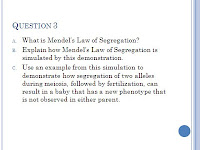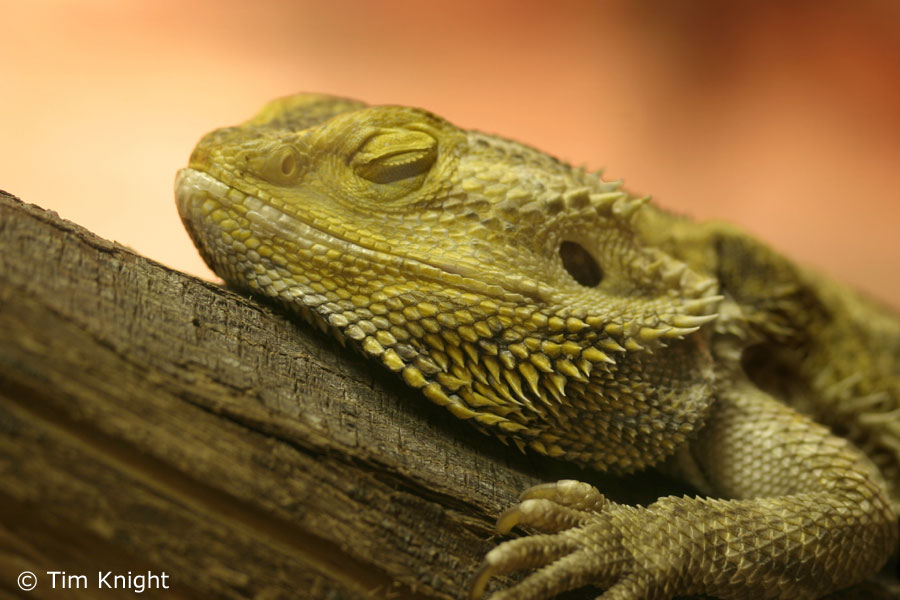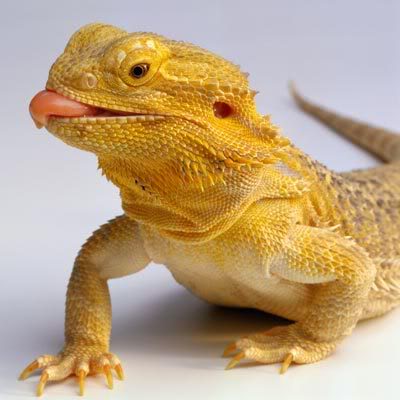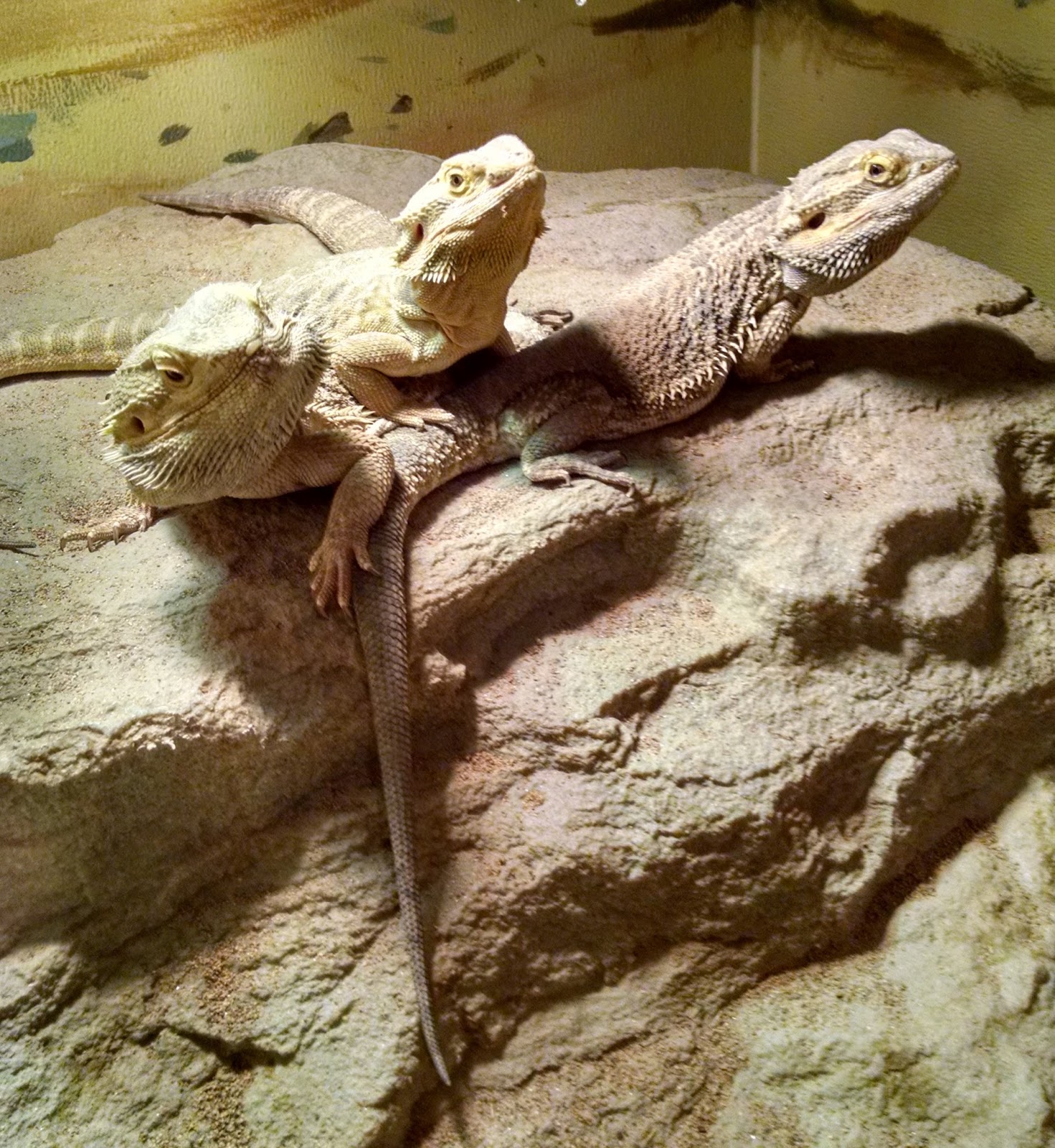Bearded Dragon Family Tree: A Beginner's Guide to Understanding Lineage and Genetics
Bearded Dragon Family Tree: Understanding Lineage and Genetics
Bearded dragons are fascinating creatures and are a popular choice among reptile enthusiasts. These lizards have a rich history that spans back millions of years. As a pet owner, understanding the lineage and genetics of your bearded dragon is important because it can help you provide better care for your pet. In this beginner’s guide, we will explore the bearded dragon family tree, including the various species and subspecies, and their unique characteristics and behaviors.
The Bearded Dragon Family Tree
Bearded dragons belong to the family Agamidae, which includes over 300 species of lizards. Within this family, there are four main genera, one of which is Pogona, where bearded dragons belong. There are eight recognized species of bearded dragons:
- Inland bearded dragon (Pogona vitticeps)
- Coastal bearded dragon (Pogona barbata)
- Central bearded dragon (Pogona henrylawsoni)
- Rankin’s dragon (Pogona henrylawsoni)
- Western bearded dragon (Pogona minima)
- Nullarbor bearded dragon (Pogona nullarbor)
- Kimberley bearded dragon (Pogona microlepidota)
- Lawson’s dragon (Pogona brevis)
Each species of bearded dragon has its own unique characteristics, such as coloration, size, and behavior. By understanding the specific species and subspecies of your bearded dragon, you can provide better care and create a more suitable environment for your pet.
Bearded Dragon Genetics
In addition to understanding the family tree of bearded dragons, it is also important to understand the genetics that determine their physical traits. Bearded dragons are either homozygous or heterozygous for their genes. Homozygous means that both copies of a gene are the same, while heterozygous means that the copies of a gene are different.
Some of the most common traits that are inherited in bearded dragons include coloration, size, and temperament. For example, the hypo gene is a recessive gene that can result in a lighter, less pigmented bearded dragon. The leatherback gene is dominant and can lead to a smoother, scale-less appearance.
Creating a Family Tree for Your Bearded Dragon
If you have a bearded dragon and want to create a family tree, there are a few steps you can take. First, you will need to identify the species and subspecies of your bearded dragon. This can typically be done by examining their physical characteristics and behaviors. Next, you will need to research the lineage of your bearded dragon, including their parents and grandparents. By documenting this information, you can create a comprehensive family tree that outlines the genetics and lineage of your pet.
Conclusion
Understanding the family tree and genetics of your bearded dragon is important for providing proper care and creating a suitable environment for your pet. By identifying the specific species and subspecies of your bearded dragon and understanding how genetics determine their physical traits, you can ensure that you are providing the best possible care for your pet. With this beginner’s guide, you should have a better understanding of the bearded dragon family tree and the genetics that make these lizards so unique.








